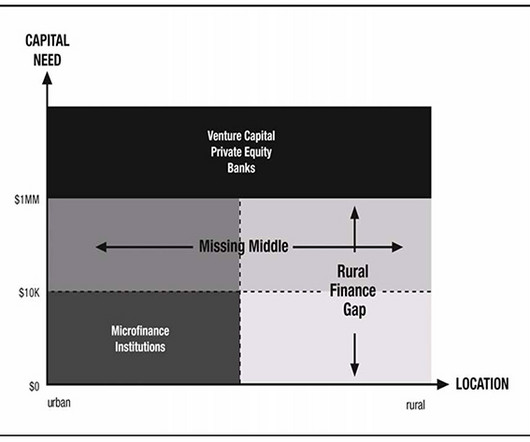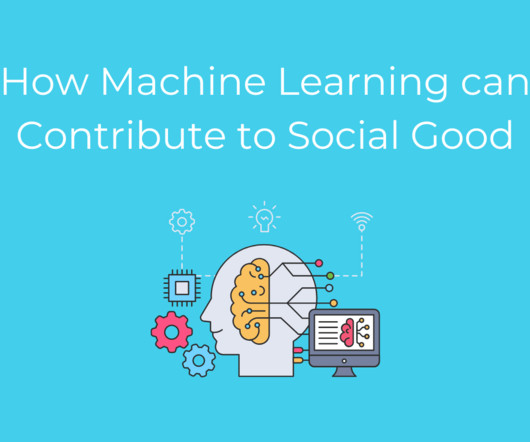Reshaping the Idea of Rural America: Stories from Our Communities
NonProfit Quarterly
MAY 24, 2023
This article is the second in the series Eradicating Rural Poverty: The Power of Cooperation. For many Americans, the term rural elicits simplified imagery of people and places—primarily White, living in small towns, focused on agriculture, and impoverished. What do you picture when you think of rural?





















Let's personalize your content